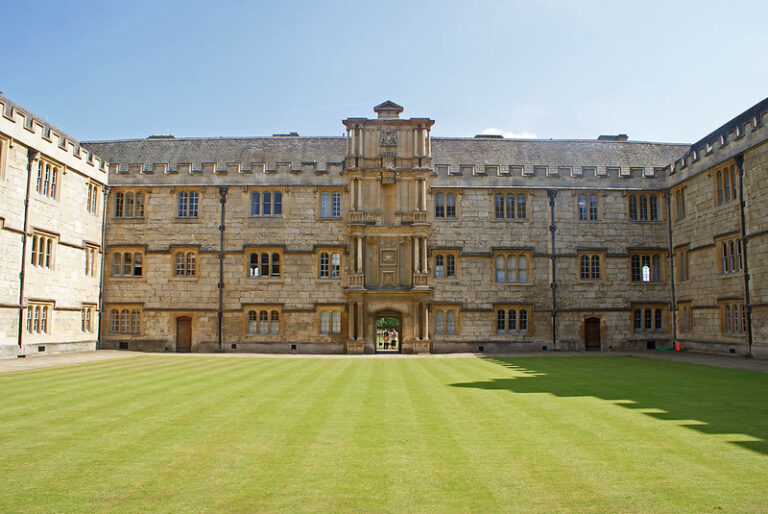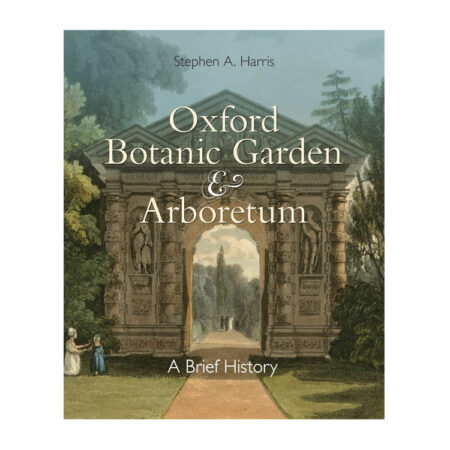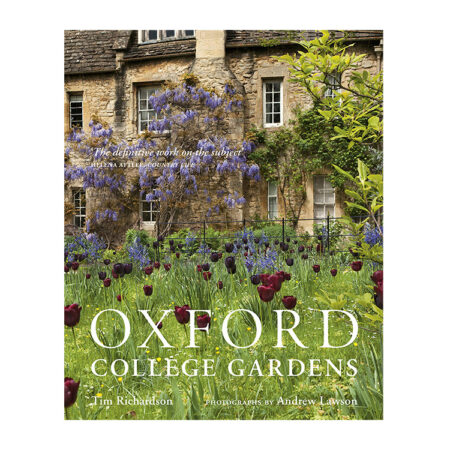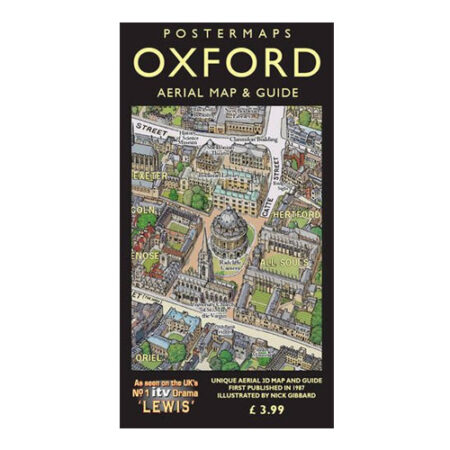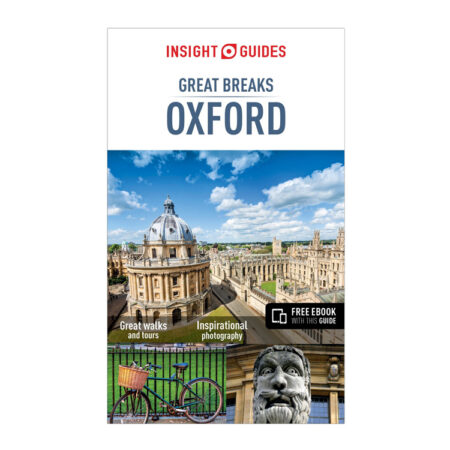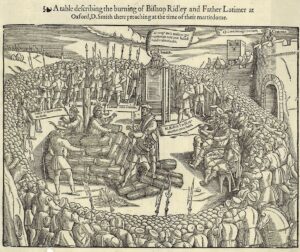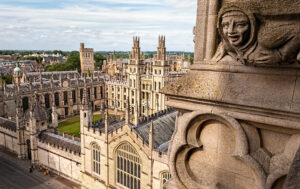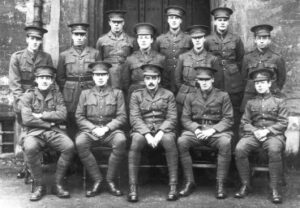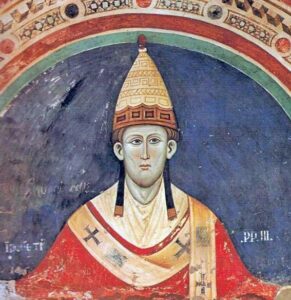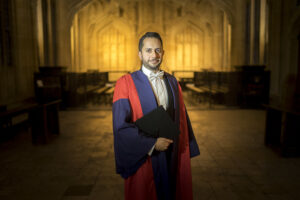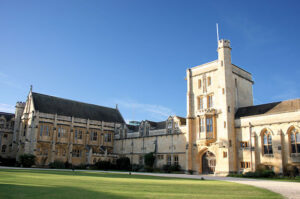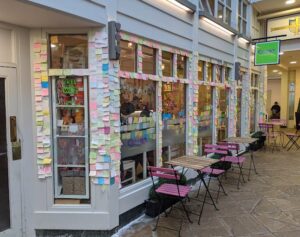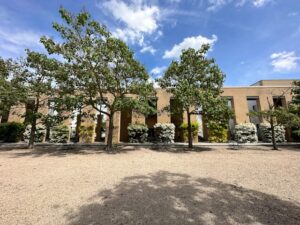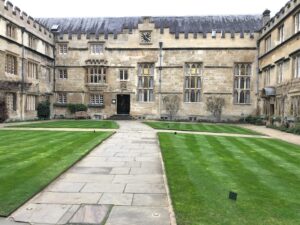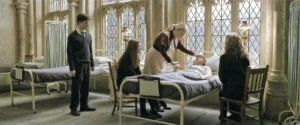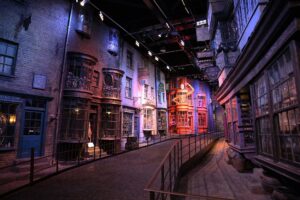Most Oxford University Colleges are built around one or more quadrangles. But what are they, exactly? And how did they become so popular?
What's a Quadrangle?
In architecture a quadrangle, also referred to as “quad“, is a rectangular open space that is partially or completely enclosed by buildings. These buildings tend to be of civic or academic character.
The grounds inside a quadrangle are usually landscaped or grassy. This area is intended as a place for study, contemplation, and relaxation. It was originally a feature of monastic establishments, that’s why many Oxford colleges (which evolved from them) use them in a similar manner.
Oxford's Quadrangles
Oxford’s quadrangles are amongst the most celebrated and visited in the world.
Oxford colleges are generally enclosed, living and working mechanisms. From the outside, many of them might look similar (not you, Keble!). However, once you go through the entrance lodge you get a real sense of what the place is.
The quadrangles of Oxford colleges are by no means uniform in style. There is a huge variety of quads and gardens to discover. Most colleges have two, three, or more quadrangles. These are usually organised in a front one – often the oldest and slightly smaller. The buildings then transition from quad to quad. The semidarkened passages always lend an element of surprise. You’re never entirely sure what the next quadrangle will look like.
Ealy maps of Oxford show that the city was filled with green spaces – many of them productive areas attached to a medieval academic hall.
Oxford's Prettiest Quadrangles
How to Visit the Quadrangles
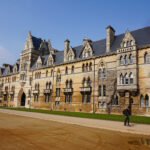
Christ Church College
Christ Church is college of the University of Oxford. It was founded in 1546 by King Henry VIII and is one of the larger colleges.
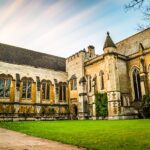
Harris Manchester College
Harris Manchester College is one of the constituent colleges of the University of Oxford founded in 1757 as a college for Unitarian students.
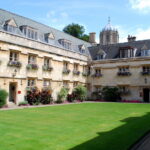
Pembroke College
Pembroke college was founded in 1624 by King James I of England, using part of the endowment of merchant Thomas Tesdale.
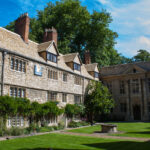
St Edmund Hall
St Edmund Hall (or Teddy Hall) is a constituent college of the University of Oxford and claims to be “the oldest surviving academic society”.
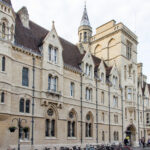
Balliol College
Balliol College is one of the constituent colleges of the University of Oxford and one of its oldest. It was founded around 1263.
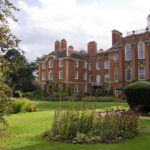
Lady Margaret Hall
Oxford University’s Lady Margaret Hall (LMH) was founded in 1878 and is located on the banks of the River Cherwell.
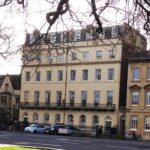
St Benet’s Hall
St Benet’s Hall is one of Oxford’s Permanent Private Halls. Its principal building is located on the side of St Giles.
